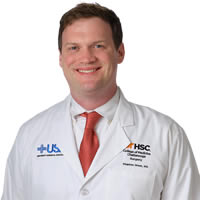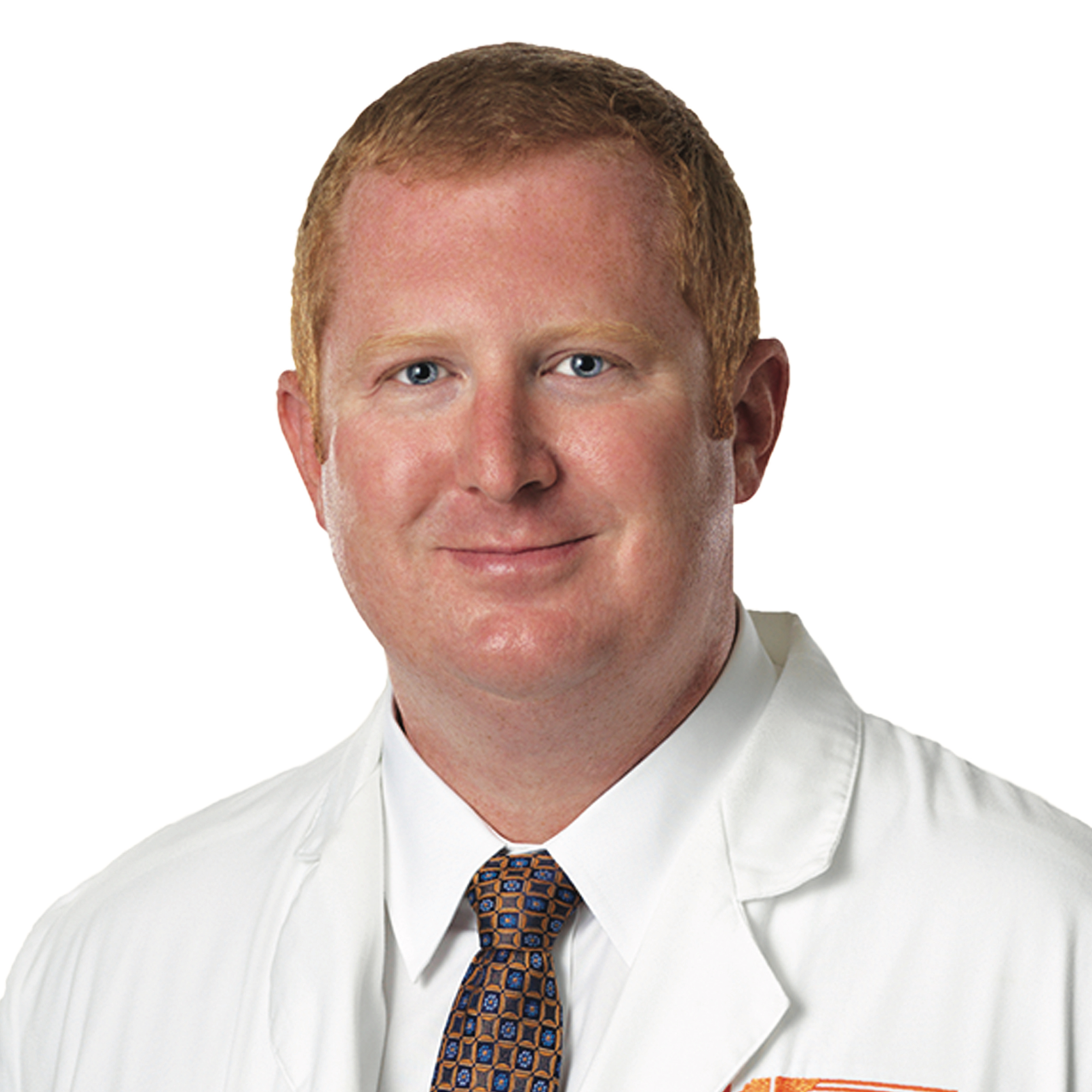General/Trauma Surgery Post Op Instructions
These instructions provide you with information about caring for yourself after your procedure. Your treatment has been planned according to current medical practices, but problems sometimes occur.
Postoperative Check
You will have a follow-up visit with your surgeon or their nurse in 10-14 days. If you have not already arranged an appointment with our office, please call to do so. In the meantime, if you have any questions or problems, do not hesitate to contact USA at (423) 267-0466.
What can I expect after the procedure?
After the procedure, it is common to have:
- Tenderness and numbness at the surgical site
- Swelling and bruising around the surgical site
- Nausea
- Bowel function may be irregular at first. You may begin to take Miralax (over-the-counter) and Colace (over-the-counter) twice daily, slowly weaning doses as you begin to have regular bowel movements. Be sure to stay properly hydrated with water as this is crucial for regular bowel movements.
- Fatigue and decreased appetite for 7-10 days after surgery.
- Gas pain that can radiate to your shoulders. You may take Gas-X or activated charcoal tablets (over-the-counter).
- Low-grade fever (99F-100F). Please be sure to perform deep breathing exercises and walk several times a day if possible.
For at least 24 hours after the procedure:
Do not:
- Participate in activities where one could fall or become injured.
- Take sleeping pills or medicines that cause drowsiness.
Make important decisions or sign legal documents.
Activity
- Getting up and moving frequently throughout the day and walking around your home or to/from your mailbox is highly encouraged for proper healing.
- For laparoscopic or robotic surgeries (multiple small incisions) – Do not lift, push, or pull anything that is heavier than 10 lb for 3 weeks. After 3 weeks, resume normal activity as tolerated.
- For open surgeries (one long incision) – Do not lift, push, or pull anything heavier than 10lbs for 6 weeks. After 6 weeks, resume normal activity as tolerated.
- For hernia repair surgeries- if you have been provided with an abdominal binder, please wear this garment while you are up and active for at least 4 weeks after surgery.
Incision care
Make sure you:
- Wash your hands with soap and water before you change your bandage (dressing). If soap and water are not available, use hand sanitizer.
- Remove top dressings at 48 hours. For wound drainage, re-apply dressing if needed.
- You may shower 48 hours after surgery. Shower with soap and water daily. Let soap and water run over the incisions, no need to scrub or rub incisions. Pat dry.
- Leave stitches (sutures), skin glue, or adhesive strips in place. If adhesive strip edges start to loosen and curl up, you may trim the loose edges. Do not remove adhesive strips or glue completely.
- Do not submerge your wound or take tub baths for at least 14 days.
- Check your incision area every day for signs of infection.
- Check for: More redness, swelling, or pain. Excessive fluid or blood. Warmth. Pus or a bad smell.
Medicines
- Resume your previous medications unless instructed otherwise.
- If you will be given a prescription for pain medication upon discharge from the hospital. Take MiraLax or a similar over the counter stool softener while taking narcotic pain medications to avoid constipation.
- You may take antacids for indigestion and gas.
- You may take over the counter Tylenol or Advil. You may alternate these medications with your narcotic pain medication if needed.
Eating and drinking
- You may resume your regular foods.
- If you have had gallbladder surgery, please maintain a low-fat diet for 4-6 weeks after surgery.
- Your appetite may not return to normal for the first few weeks after surgery. It may be helpful to eat small meals 4– 6 times daily.
- Drink eight (8) – 8 oz. glasses of water per day.
- If you vomit:
- Drink water, juice, or soup when you can drink without vomiting.
- Make sure you have little or no nausea before eating solid foods.
Contact a health care provider if:
- You have more redness, swelling, or pain around your incision.
- You have more fluid or blood coming from your incision.
- Your incision feels warm to the touch.
- You have pus or a bad smell coming from your incision.
- You have a fever (>100.4F)
- You feel light-headed or you faint.
- You develop a rash.
- You keep feeling nauseous or keep vomiting.
- You have very bad pain, even after taking the medicines your health care provider has prescribed or recommended.
- You do not have a bowel movement/ pass gas for 3 days despite using Miralax and Colace twice daily.



















